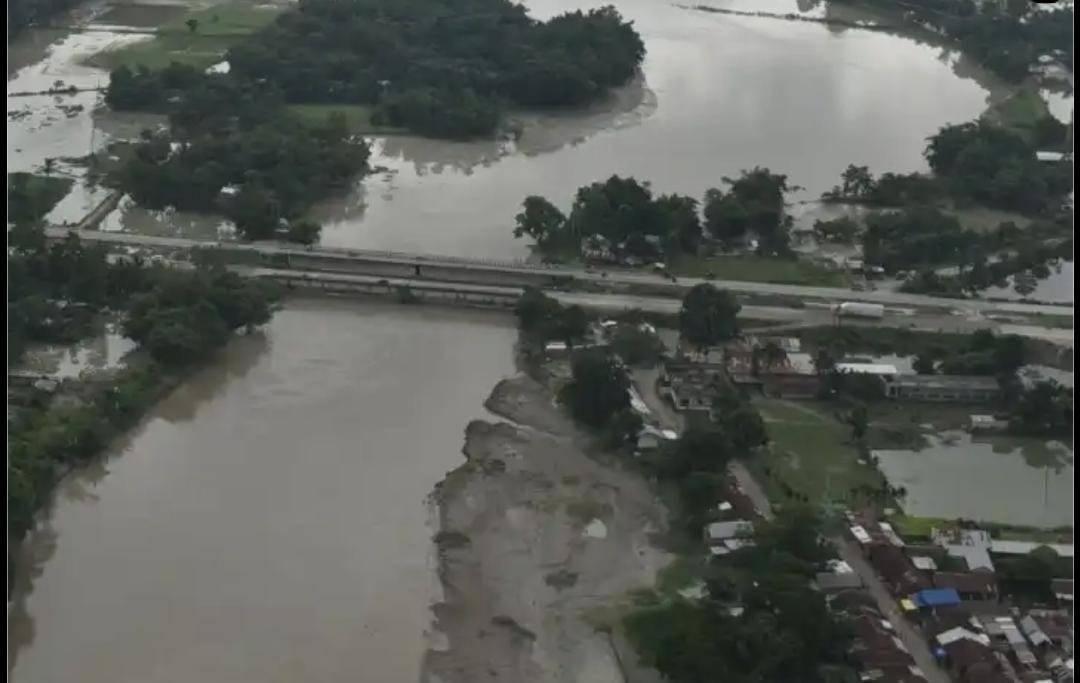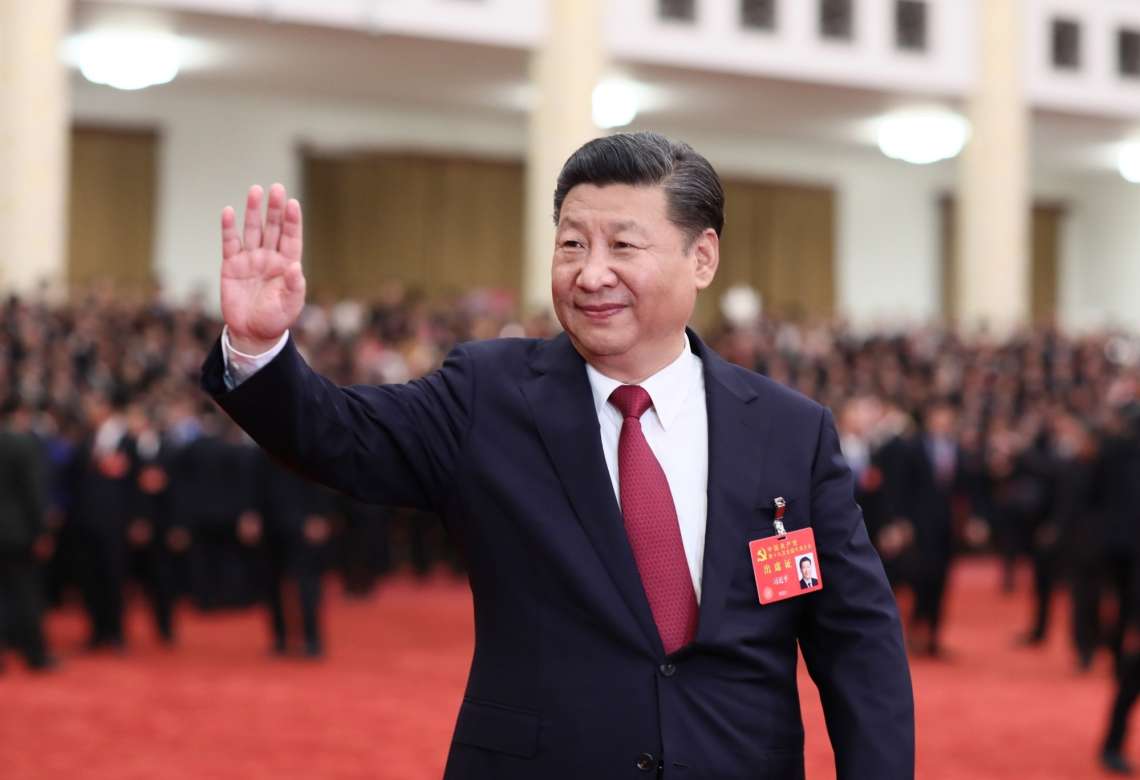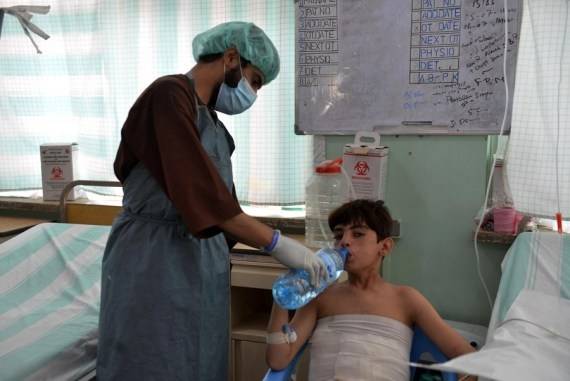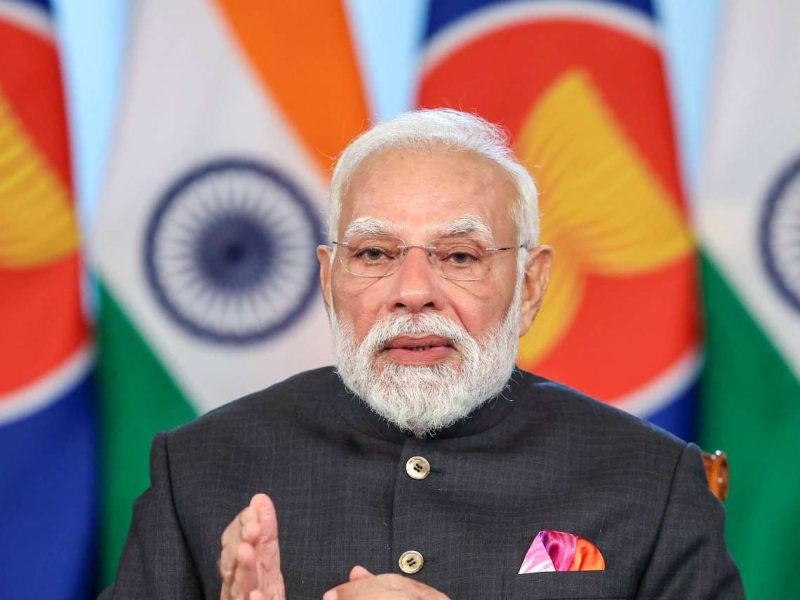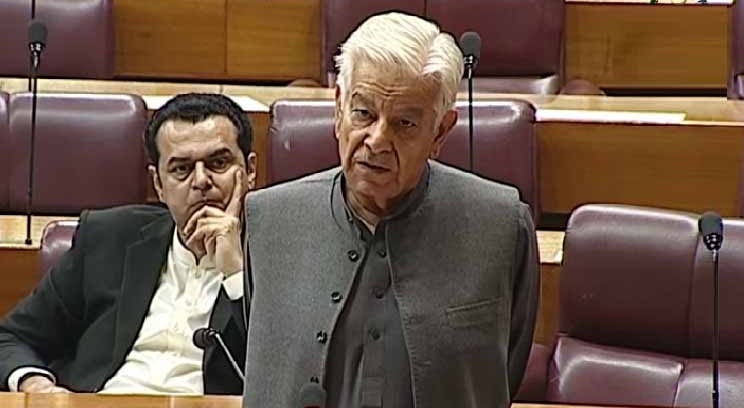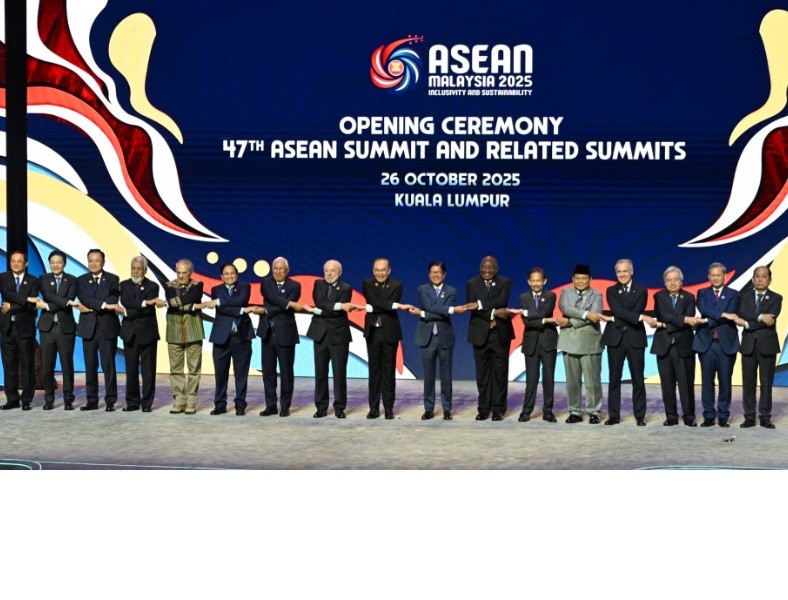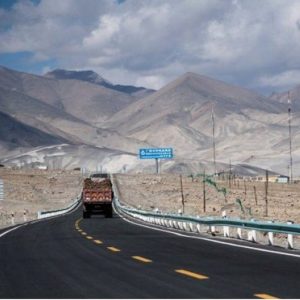Tibet is called the water tower of Asia as it is the several major rivers in South and Southeast Asia. There are concerns that China can weaponize flow of water across borders to achieve regional geopolitical goals, reports Asian Lite News
Major floods in several parts of South and Southeast Asia this year are a wake-up call for countries such as India, Bangladesh, Myanmar and Thailand among others. Experts said that such floods could become a regular feature and that countries in the region must get together to resolve one of the most critical issues pertaining to sharing of transboundary river water. While concerns over the impact of climate change are rising, the problem has got aggravated due to the multiple dams that China is building to divert water into its own territory. Beijing has also redirected its mission with the aim of expediting hydropower projects as it seeks to achieve carbon neutrality by 2060. Sources said that opacity of key information is becoming a cause for serious concerns and could impact lives and livelihoods.
“We are already dealing with the impact of climate change and on top of that there are multiple dams that are being built which pose further danger..sharing of information pertaining to construction of dams on transboundary rivers is non negotiable,” a researcher said.
Droughts and floods – both can be caused due to dams. While flow of water can be easily diverted leading to droughts, excess water released from a dam reservoir can cause floods.
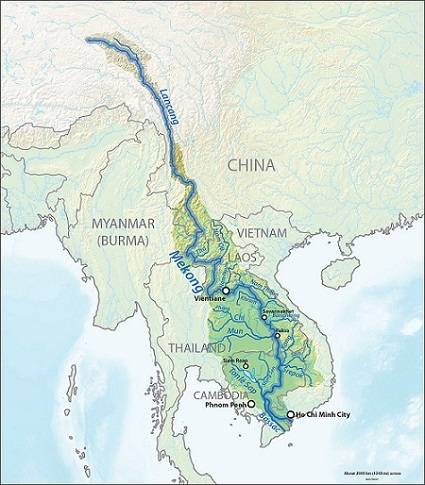
Beijing is already moving ahead with its plan to build the biggest dam – a 60-gigawatt mega-dam – on the Brahmaputra river known as Yarlung Zangbao in Tibet. Though China’s foreign ministry spokesperson Hua Chunying has said that Beijing will keep the communication channel open with the two countries, there is opacity in information sharing. Sources said that there have been no clear talks on this project with either India or Bangladesh which are downstream.
India and Bangladesh together share 54 transboundary rivers, including the Ganges and Brahmaputra. Besides, there are other rivers such as Mekong that China, Myanmar, LaosCambodia, Thailand and Vietnam share. Irrawady is another important river that China and Myanmar share.
Since 2010, China has been involved in construction of small dams along the mainstream of the Yarlung Tsangpo. According to the Hindu, two of them have already been completed and at least three are under construction.
“There is an urgent need to set up an inter-governmental body to look into the issue so that the resolution process is fair and transparent,” Bipul Chatterjee, Executive Director, CUTS International told India Narrative.
Tempa Gyaltsen Zamlha, the head of Environment and Development at the Tibetan Policy Institute, told Al Jazeera that the Chinese Communist Party (CCP) would use this as a political tool.
Tibet is called the water tower of Asia as it is the several major rivers in South and Southeast Asia. There are concerns that China can weaponize flow of water across borders to achieve regional geopolitical goals. Famous Asian rivers flowing out of Tibet also include the Indus and the Mekong–the lifelines of food and water in the region.
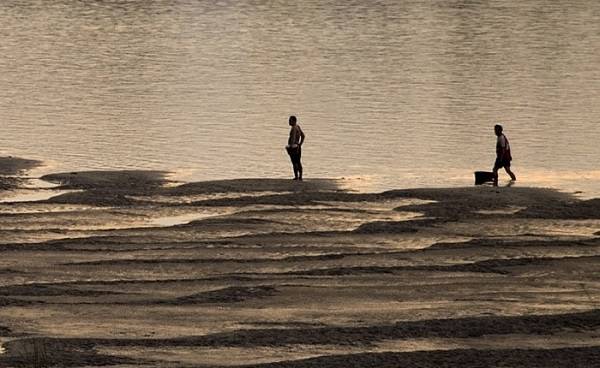
NewSecurityBeat noted that besides grappling with national water quality, quantity, and unequal distribution, China faces a lack of arable land: estimates suggest that only 14 percent of the country’s total land is arable. With the remainder heavily contaminated by pollutants, this aggravates water scarcity, food safety, and food security concerns.
Concerns over the flow of the Mekong river
Earlier, India Narrative reported that The Mekong River Commission (MRC) – an intergovernmental organisation for regional dialogue and cooperation in the lower Mekong river basin based on the Mekong Agreement between the four Lower Mekong countries – had reported recently that the water level along the river has fallen to “worrying” levels.
While the region has received lower rainfall since the beginning of the year, the major reasons have been the flow changes made upstream, hydropower operations in the Mekong tributaries and outflow restrictions from the Jinghong hydropower station in China’s Yunnan province.
(The content is being carried under an arrangement with indianarrative.com)


